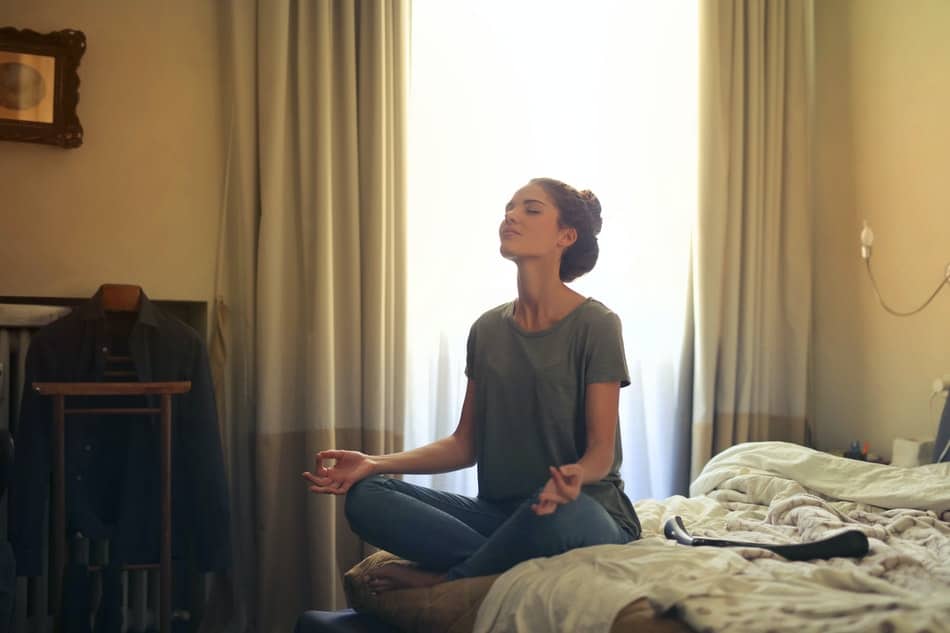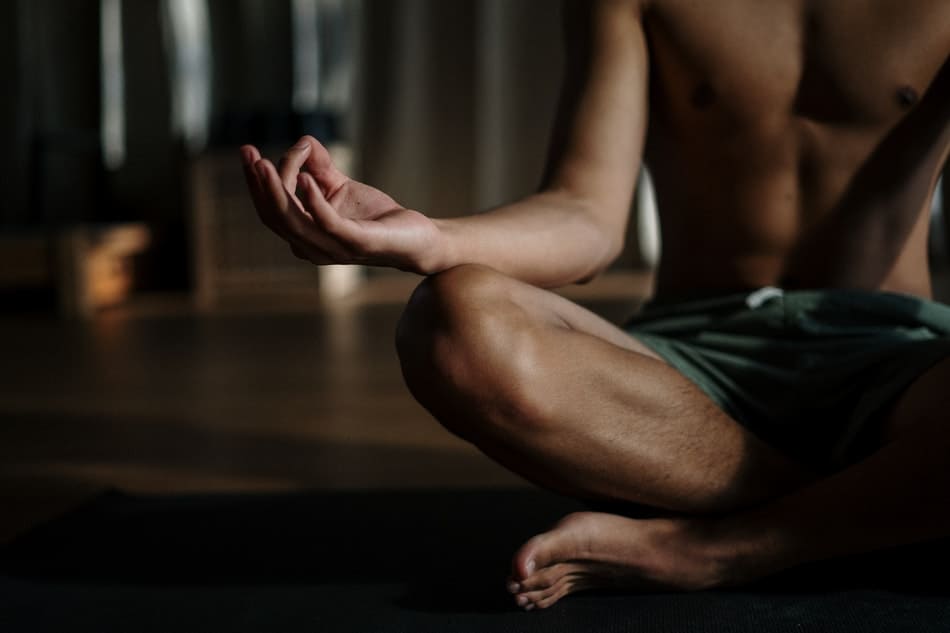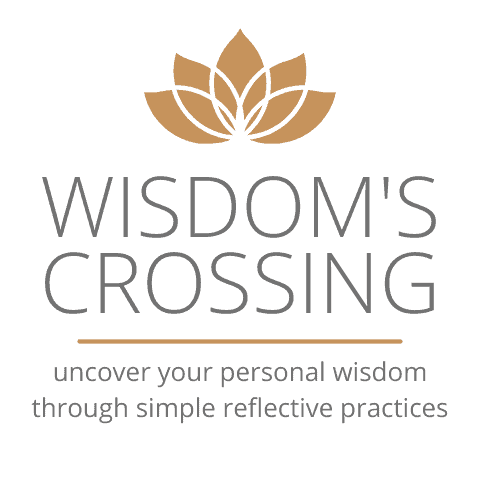What is progressive relaxation meditation? If you’re looking for a way to relax and de-stress, progressive relaxation meditation might be the perfect solution for you! This type of meditation is a great way to achieve a deep state of relaxation. In this article, I will discuss what progressive relaxation meditation is, and I will provide some tips on how to get started.
Progressive relaxation meditation is a type of mindfulness meditation that involves focusing on different parts of the body and consciously relaxing them. This form of meditation can help reduce stress and anxiety, as well as promote overall physical and mental wellbeing.
What Is Progressive Relaxation Meditation?
Progressive relaxation meditation is a form of mindfulness meditation that is focused on the physical sensation of relaxation. The goal of this type of meditation is to systematically tense and relax different muscle groups in the body, to achieve a state of complete physical relaxation. This type of meditation can be done seated or lying down and can be practiced for any length of time.

The Benefits of Progressive Relaxation Meditation
When you’re feeling stressed, it can be difficult to know how to relax. One option is progressive relaxation meditation, which can provide several benefits. Here are five:
- Progressive relaxation meditation can help to lower blood pressure. This is because when you meditate, your body goes into a “relaxation response” which lowers your heart rate and blood pressure.
- Progressive relaxation meditation can also help to reduce stress and anxiety. This is because it helps to quiet the mind and focus on the present moment.
- Progressive relaxation meditation can also help to improve sleep quality. This is because it helps to calm the mind and body, making it easier to fall asleep and stay asleep.
- Progressive relaxation meditation can also help to boost the immune system. This is because it helps to reduce stress, which can weaken the immune system.
- Finally, progressive relaxation meditation can also help to increase focus and concentration. This is because it helps to quiet the mind and focus on the present moment.
How To Do Progressive Muscle Relaxation
You can do PMR anywhere that you can sit or lie down comfortably without moving. It is best to find a quiet place where you will not be interrupted.
- Once you are settled, begin by tensing and relaxing each muscle group in your body, working from your toes to your head.
- To tense, a muscle, concentrate on the particular muscle group and breathe in deeply.
- As you exhale, tighten the muscles as much as possible without causing pain.
- Hold the tension for about five seconds before slowly releasing it and allowing the muscle group to relax completely.
- You may feel some tingling or twitching when you release the tension- this is normal! Just focus on letting go of all the tension in the muscle group. Work your way through all the muscle groups in your body, tensing and relaxing each one.
It is important to focus on each muscle group individually and not to tense more than one group at a time. Tensing two muscle groups at once can increase tension instead of relieving it. Once you have gone through all the muscle groups, spend a few minutes focusing on your breathing. Pay attention to the sensation of air moving in and out of your lungs and let go of any remaining tension in your body. Progressive muscle relaxation should take about 20-30 minutes in total.

How Often Should I Do Progressive Muscle Relaxation?
The answer to this question depends on what your goals are for practicing progressive muscle relaxation. If you are using it as a tool to manage stress or anxiety, then you may find that practicing it once a day is sufficient. However, if you are trying to achieve deeper levels of relaxation, you may want to practice progressive muscle relaxation multiple times per day. The key is to listen to your body and do what feels best for you.
If you are new to progressive muscle relaxation, it is important to start slowly and gradually work up to longer sessions. It is also important to find a comfortable place to practice where you will not be interrupted. Once you have mastered the basic techniques, there is no limit on how often or how long you practice. The goal is to find what works best for you and to make it a part of your daily routine.
What Other Relaxation Techniques Can I Try
If you’re not into yoga or meditation, there are plenty of other relaxation techniques you can try.
There are several other relaxation techniques that you can try if you’re looking for ways to reduce stress and promote calmness. Some other popular options include yoga, meditation, Tai Chi, and aromatherapy.
Yoga is a great way to stretch your body and release tension. Meditation can help you focus your thoughts and find inner peace. Tai Chi is a gentle form of martial arts that helps to improve balance and flexibility. Aromatherapy involves using essential oils to relax the mind and body.
Exercise is a great way to relieve stress, and it doesn’t have to be intense to be effective. Taking a leisurely walk, going for a light jog, or even just doing some simple stretches can help reduce stress levels.
Listening to calming music is another relaxation technique that can be very helpful. There are all sorts of genres that can promote relaxation, so find one that works for you and give it a try the next time you’re feeling stressed out. If nature sounds are more your thing, many apps and websites offer relaxing sounds from the outdoors that can help you relax and unwind.
Experiment with different relaxation techniques until you find one that works best for you. You may even want to combine several different techniques to create your stress-relief plan. Just remember that it takes time and practice to master any relaxation technique, so be patient and don’t give up if you don’t see results immediately. With a little effort, you can find the peace and calmness you’re looking for.
Final Words
The bottom line is that progressive relaxation meditation is a powerful tool that can be used to improve your mental and physical health. Try it for yourself and see how it can help you live a happier, healthier life.

